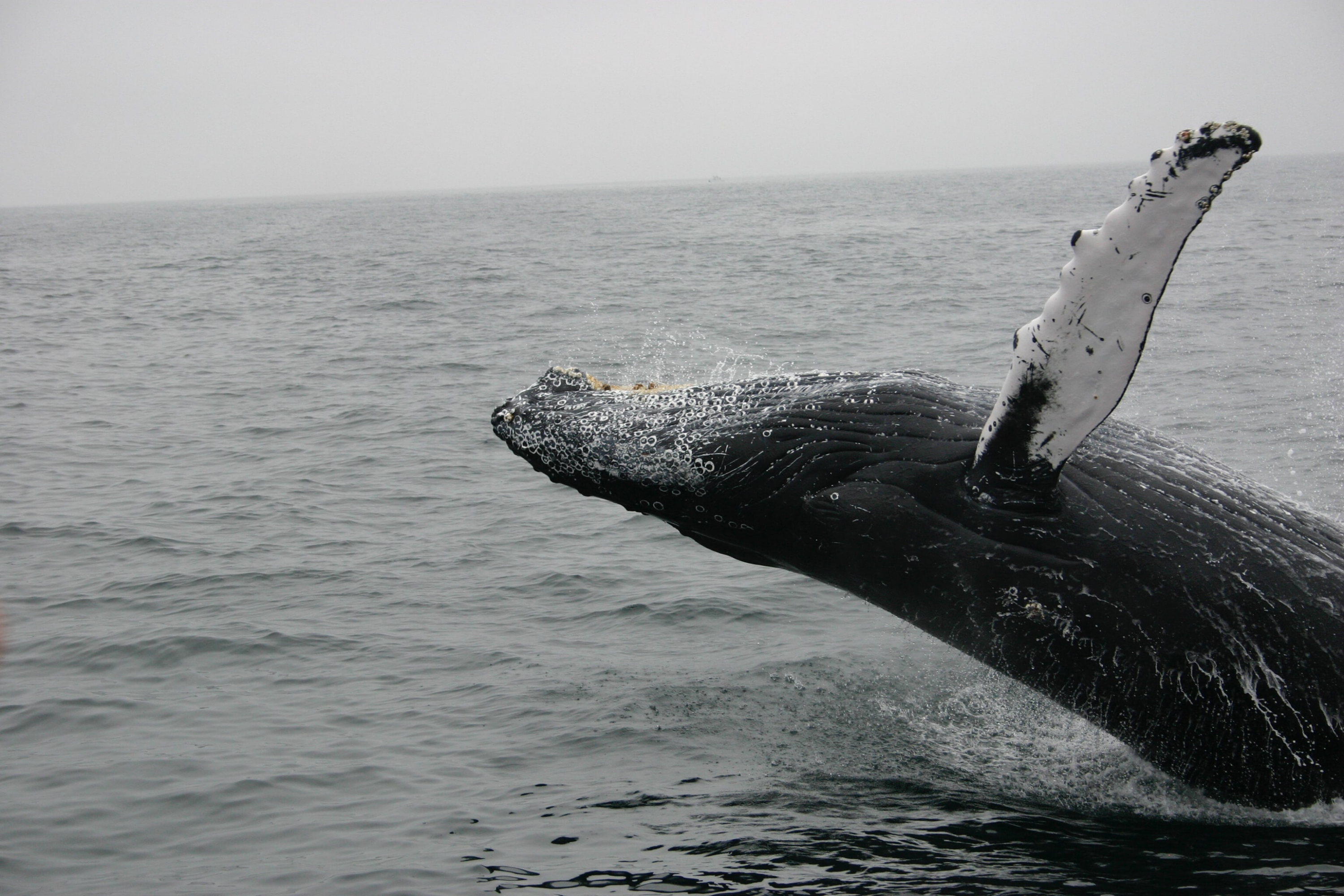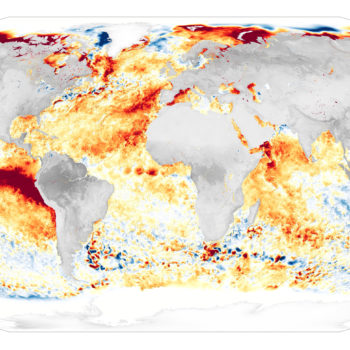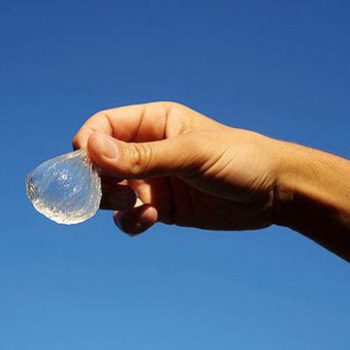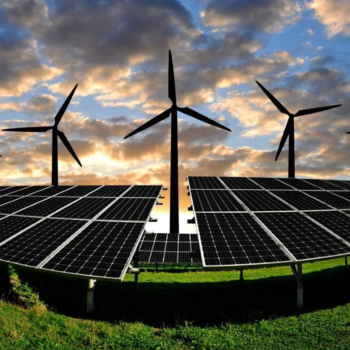“When it comes to saving the planet, one whale is worth thousands of trees.”
– International Monetary Fund (IMF)
Happy World Oceans Day!
World Oceans Day was created by the United Nations to spread awareness about the essential role of oceans in our daily lives, advocate for sustainable marine resource management, and encourage protection of our oceans. Oceans receive scant attention in the climate change puzzle, but we must address how to save the organisms of our rapidly warming oceans from the threat of critical endangerment and extinction. Combating climate change will gradually return the ocean to normal, habitable temperatures that allow these organisms to thrive.
Recently, studies demonstrated that we can heal our oceans from the inside out. The solution? Whales, especially great whales. Designing a plan to protect whales worldwide could curb greenhouse gases and slow global warming, according to the International Monetary Fund.
Courtesy of Michael Fishbach and the Las Vegas-Clark County Library
How can whales help reduce atmospheric CO2 concentrations?
As atmospheric carbon dioxide concentrations increase, researchers fervently work to construct and test ways to manually reduce it. However, many of these methods are high-tech, costly, and untested. Whales provide a worthy “no-tech”, earth-based option that precludes any unforeseen damage from high-tech approaches.
Whales continually accumulate carbon throughout their lifetimes and bring it down to the ocean floor with them when they die, removing carbon completely from the atmosphere for centuries. Just how much CO2 do they carry with them, you might ask? An average of 33 tons. For comparison, the average tree soaks up only 48 pounds annually, making whale protection arguably a more effective tool to fight climate change than planting trees.
As if these statistics weren’t startling enough, whales have an indirect but astonishingly powerful effect on external CO2 consumption. Whales stimulate phytoplankton growth everywhere they go by secreting phytoplankton nutrients (mostly iron and nitrogen) in their waste. In the so-called “whale pump”, whales bring these nutrients to the surface when they migrate and breach the surface to breathe.
Likewise, phytoplankton supply a minimum of 50% of global atmospheric oxygen, and they do this in an extremely beneficial way. They net about 37 billion metric tons of CO2–about 40% of total carbon dioxide production–in order to create this oxygen. Thanks to whales, they have all the nutrients they need to fuel this powerful planet-saving process.
History of Whaling
Throughout history, whales were valued for attributes other than their carbon-absorbing abilities. Norwegians began hunting whales as early as 4,000 years ago, and they integrated whales into their culture and livelihoods. They used every part of the whale: they ate meat, blubber, skin, and organs for protein, fat, and nutrients; repurposed baleen, baleen whales’ oral filter-feeding structure, into baskets, fishing line, and roofing material; and carved bones into tools and ceremonial masks.
In the Middle Ages and Renaissance, whale oil boosted European economies when Europeans began to use whale oil–the secretion of the blubber of right and bowhead whales, and of the head cavity of sperm whales–as fuel for oil lamps. Americans also relied on whale oil to light their lamps. They also used whale bones as the structure for corsets and hoop skirts. However, the dependability of fossil fuels like kerosene and petroleum eventually crushed the whale oil industry.
The United States is guilty of excessive whale hunting, especially in the 19th century. The whaling industry contributed millions of dollars to the US economy, and the harpoon-armed American whaling fleet invaded Arctic and Antarctic waters in search of these precious mammals. According to some scientists, more whales were killed in the early 20th century than in the four centuries prior. The United States banned whaling in 1971 after listing eight whales on the endangered species list.
The International Whaling Commission (IWC), comprised of 88 countries worldwide and deposited in the United States, demanded a suspension of commercial whaling in 1982. Norway and Japan voted against the policy, and today these two countries still hunt certain whales for meat and research.
Whale Conservation in the US and Europe Today
Today, whales number approximately 1.3 million, and conservation efforts to return them to their 4-5 million pre-whaling population could significantly reduce the greenhouse effect by lowering atmospheric carbon dioxide. That could increase phytoplankton activity by at least one percent, stimulating hundreds of millions of tons of CO2 absorption. Whales typically live over 60 years, and a substantial population increase would have immediate and long-lasting benefits.
Whales are killed monthly after getting tangled in fishing nets, consuming ocean plastic, and suffering from ship strikes and noise pollution, although commercial whaling has been significantly reduced. Reviving their populations requires leveraging economic incentives equal to their economic carbon capture values.













No Comments